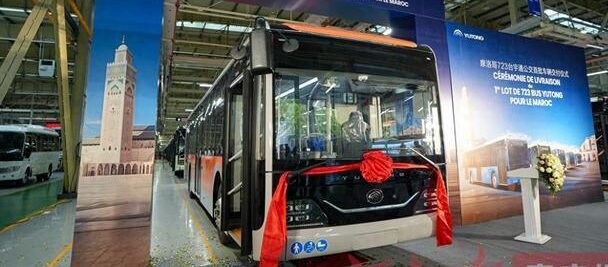Morocco is poised to overhaul its urban bus transport system with a sweeping new initiative aimed at bringing modern, efficient, and citizen-focused transit services to cities across the country. Spanning the years 2025 to 2029, this ambitious national program comes with a hefty investment of 11 billion dirhams and seeks to redefine how public transportation is planned, financed, and delivered.
This shift arrives amid a broader wave of infrastructure development that has reshaped the country’s urban landscape in recent years—an evolution driven by major projects launched under the leadership of King Mohammed VI. The program echoes the vision outlined by the monarch during the second National Conference on Advanced Regionalization in December 2024, where he emphasized the critical role of accessible, sustainable transport in supporting balanced regional growth and deepening Morocco’s commitment to decentralization.
At the heart of the new system is a deliberate break from outdated and often-criticized management models. According to Younès El Kasmi, the Governor and Director of Urban Mobility and Transport at the Ministry of the Interior, the new framework introduces a clearer, more structured approach. Responsibilities between public authorities and private operators will be explicitly divided. Investment and operational roles will no longer overlap, funding strategies will be more secure, and performance monitoring will be significantly enhanced.
A key milestone in this transformation came at the end of 2024 with the signing of a financing agreement that brings together three major stakeholders: the Ministry of the Interior, the Ministry of Economy and Finance, and Morocco’s twelve regional governments. Together, they aim to establish a new economic model that will guide how future operators are selected and managed within the public transit system.
Beyond the financial and institutional overhaul, the program also introduces a strong technological component. Buses deployed under this initiative will be equipped with smart systems designed to enhance both passenger comfort and operational efficiency. These technologies will provide valuable real-time data to transit operators and local governments, making it easier to monitor performance and respond to changing needs. The overarching goal is to build a transport network—urban and peri-urban alike—that meets the highest standards of quality, reliability, and social inclusivity.
